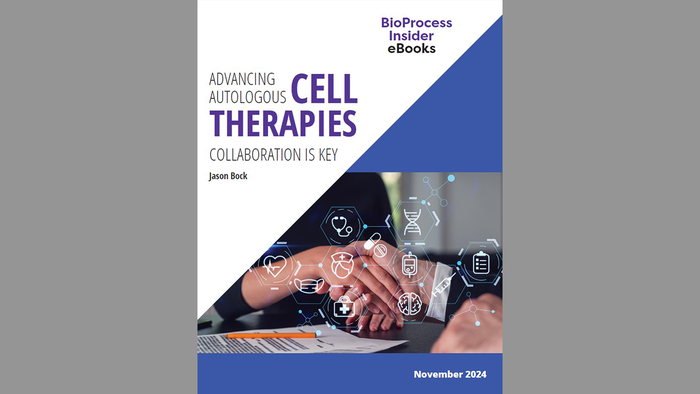
Micro-motors developed by the University of New South Wales (UNSW) could respond to variations in biological environments to navigate and attack tumor cells.
Findings from the research undertaken at Sydney, Australia-based UNSW have been published in Material Today, under the title ‘Biocatalytic self-propelled submarine-like metal-organic framework microparticles with pH-triggered buoyancy control for directional vertical motion.’
The paper shows evidence of “self-propelled submarine-like microparticles” that carry drugs and use changes in the biological environments and pH to navigate to specific areas in the body.

Australia’s UNSW is developing ‘submarine-like’ micro-motors for drug delivery. Image: iStock/AlexLMX
The technology will have potential as a microsurgery tool and as a drug delivery vehicle, Kang Liang, the corresponding author told Bioprocess Insider.
“If we can design the right propulsion and steering mechanisms, micromotors can be used to target and treat tumors at specific locations within human body. Unlike conventional nanodrug delivery systems which rely on the blood circulation to passively travel around, the micromotors can actively move around, and possibly even against the current of blood flow.”
The micro-motors themselves are made with metal-organic framework nanoparticles encapsulating catalase as the engine, and a pH-responsive polymer as a steering mechanism, Liang said.
“The catalase is an enzyme which can produce tiny oxygen bubbles to propel the micromotor, while the pH-responsive polymer can either bind to or repel the oxygen bubbles therefore to achieve tunable buoyancy.”
Antibodies are of course the immune system’s natural way of addressing a disease area, but the ‘submarines’ are fundamentally different in terms of ‘targeting,’ he continued.
“Antibodies have molecular level specificity towards a target, whereas the micromotor does not have molecular binding mechanism, instead it has a steering mechanism that allows them to activity move around with directional control.”
The technology is still in its infancy and the focus is on the fundamental science that could enable new biotechnology in the near future, said Liang. However, “we are willing to partner with industry to bring feasible studies to the next stage.”
About the Author
You May Also Like

schedl_b_and_w.jpg?width=100&auto=webp&quality=80&disable=upscale)
schedl_b_and_w.jpg?width=400&auto=webp&quality=80&disable=upscale)


